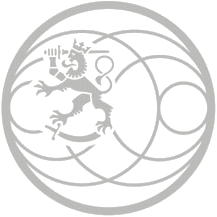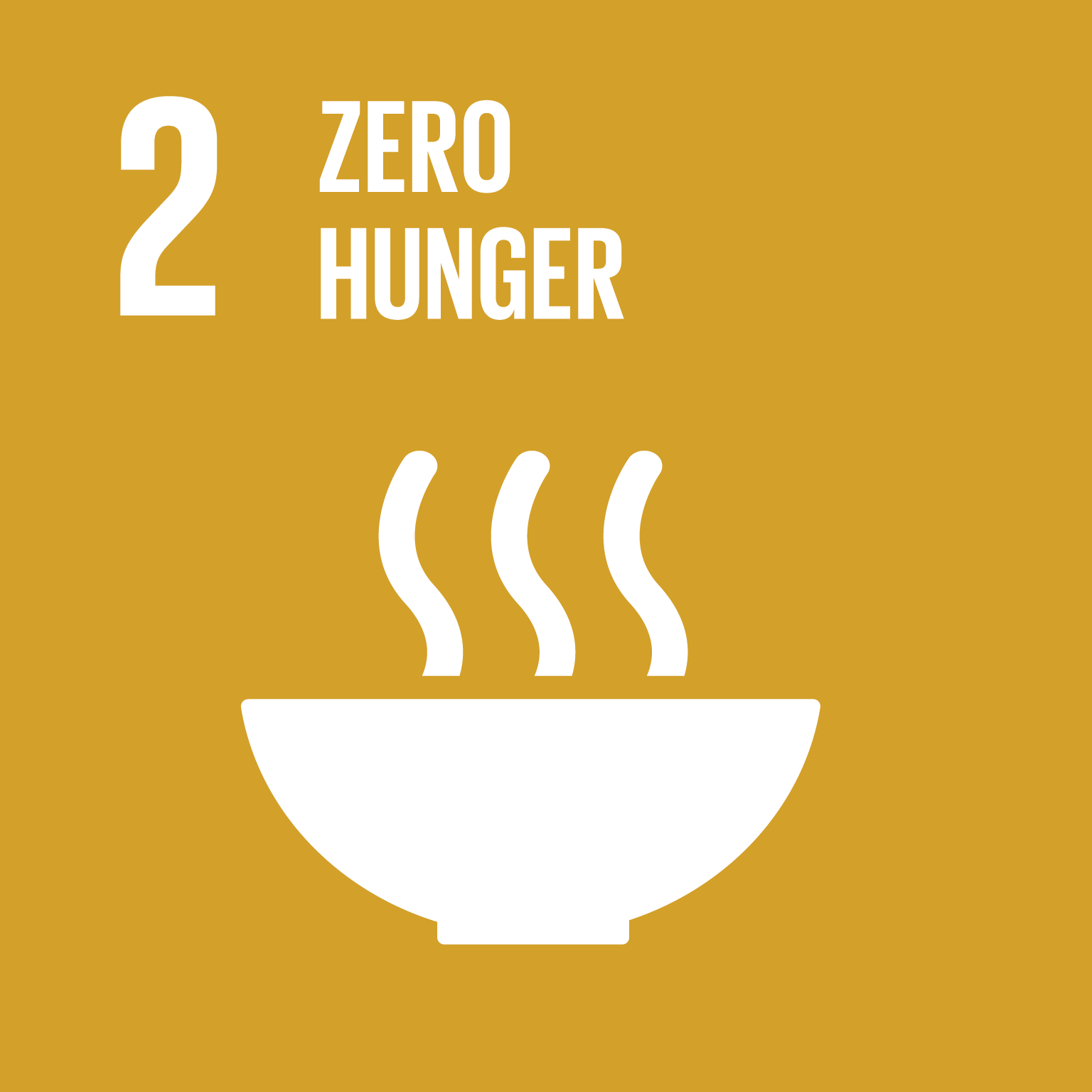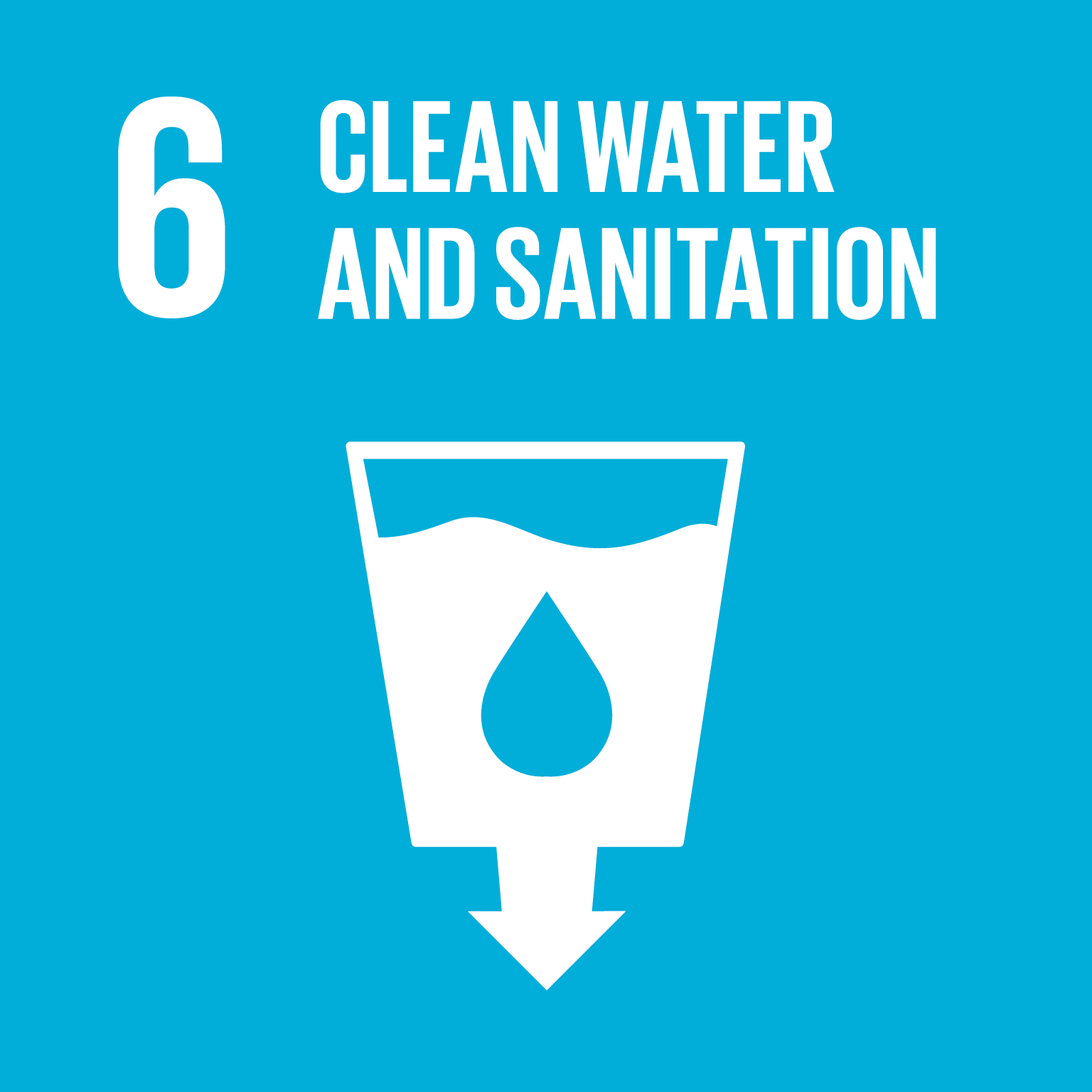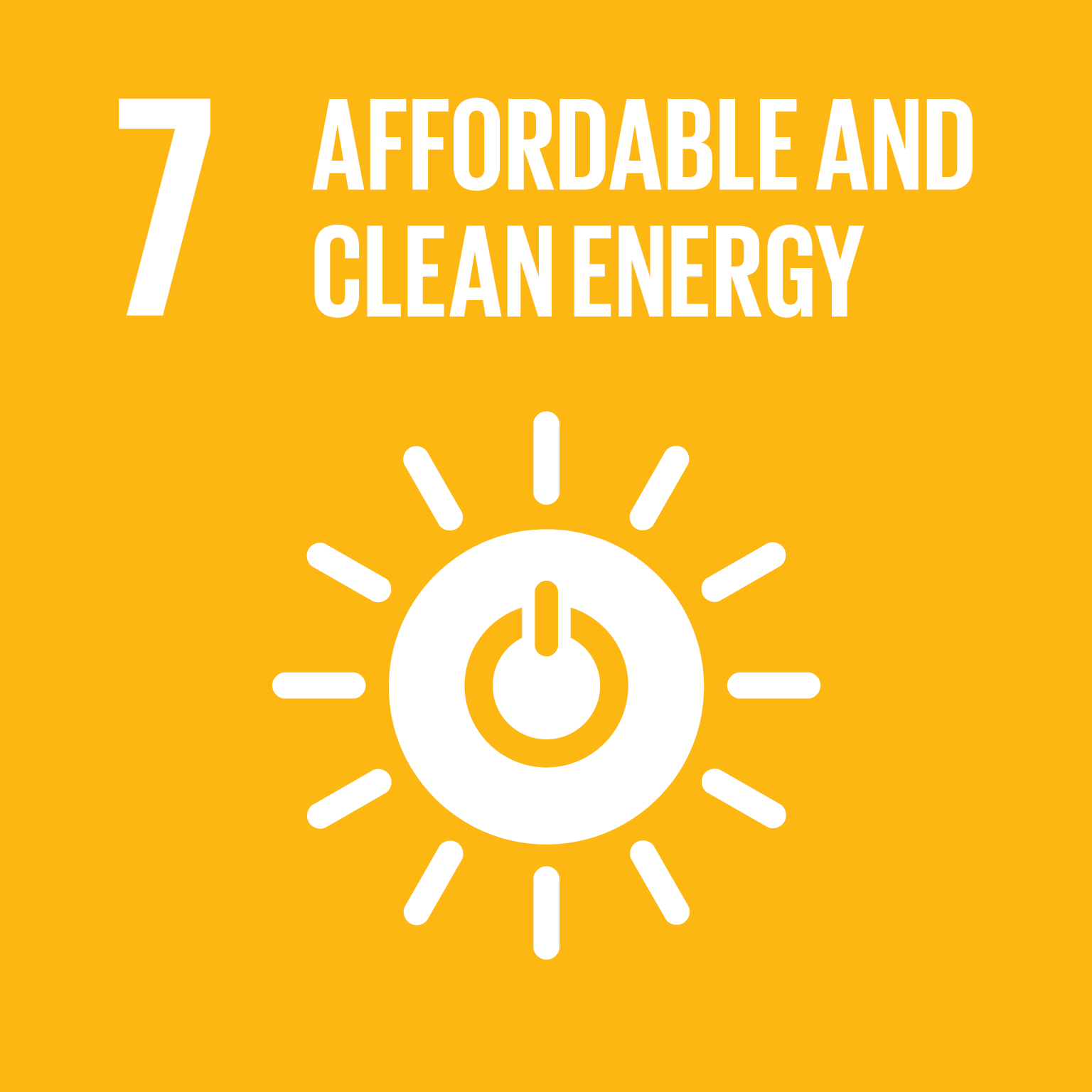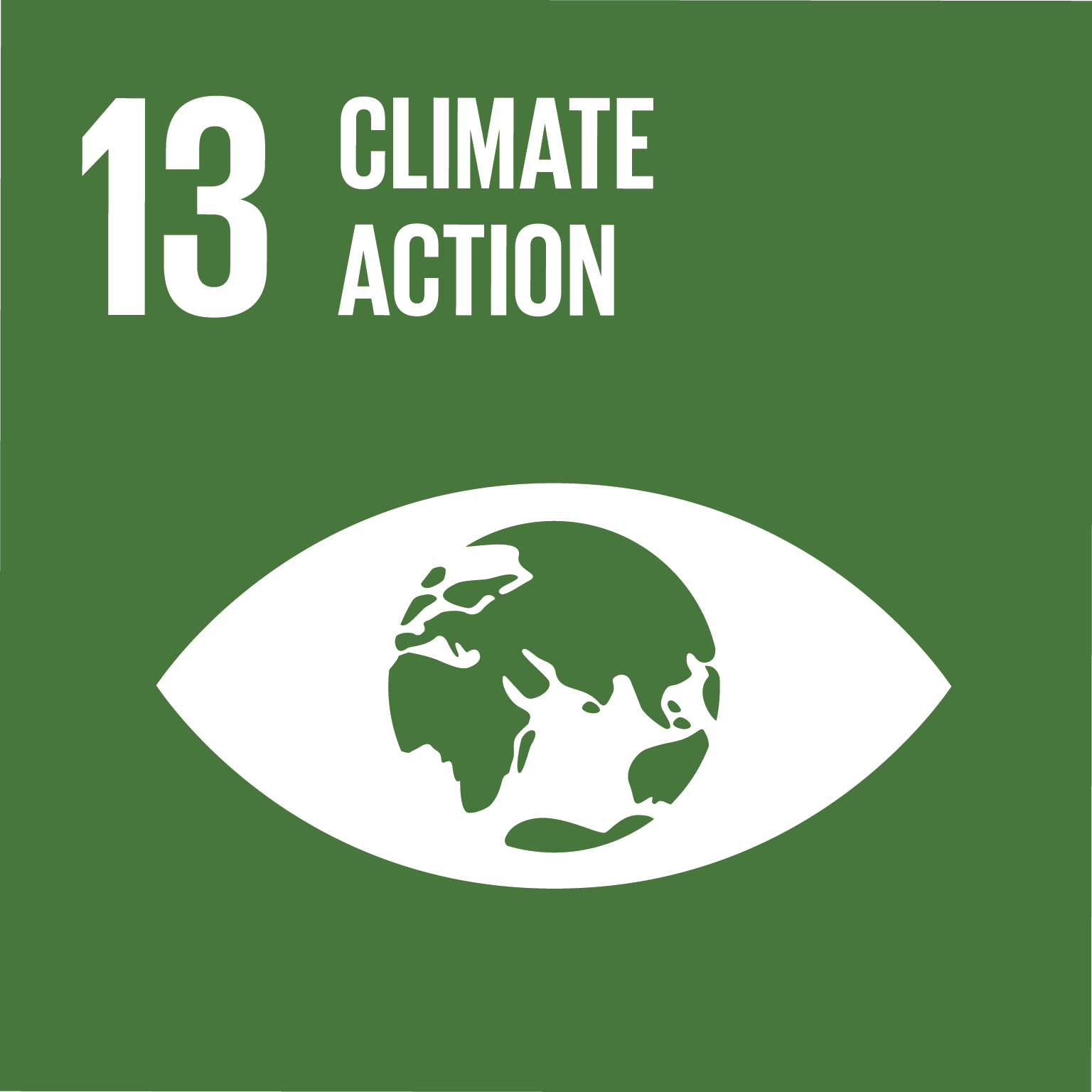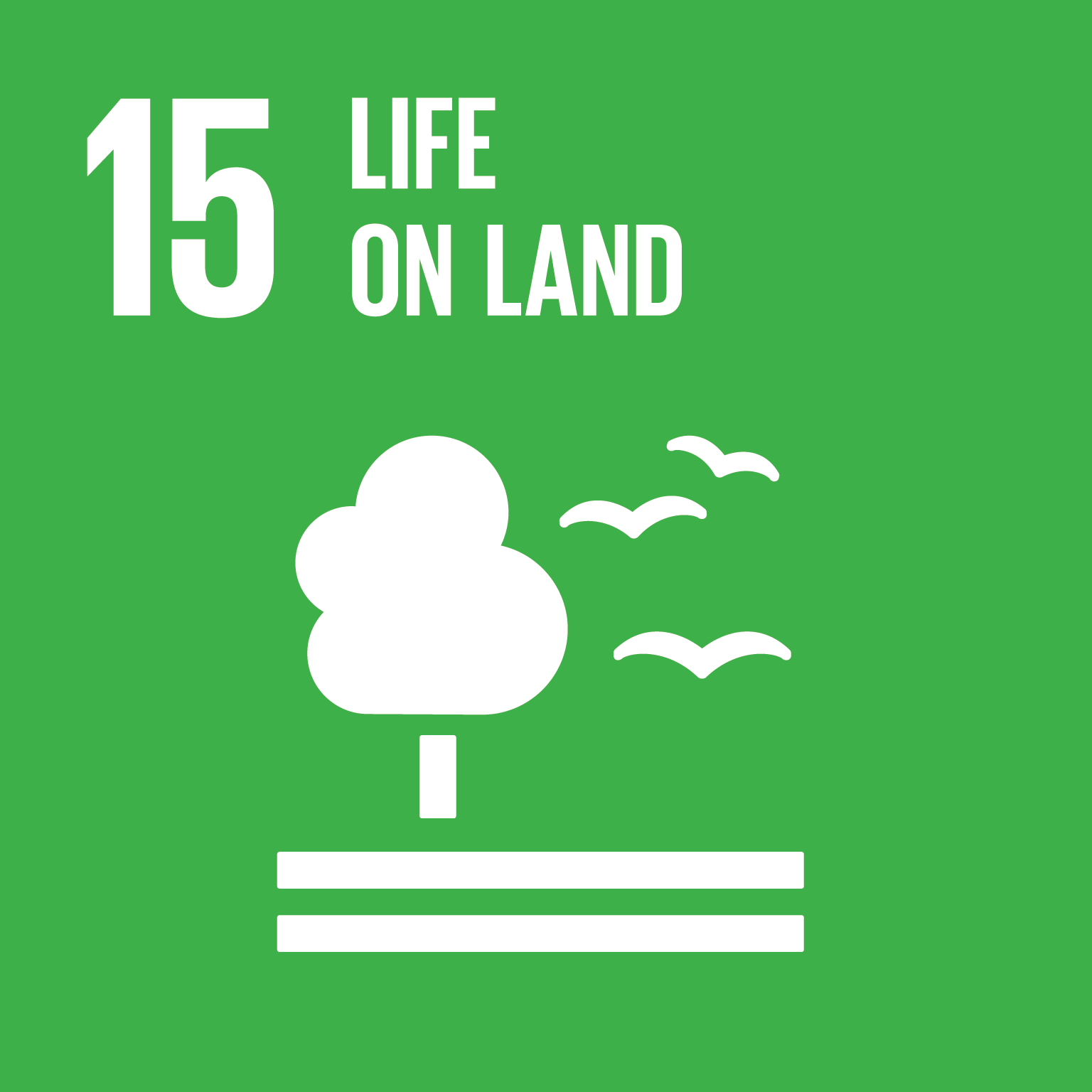Global situation
Climate change, environmental degradation as a result of human
action and loss of biodiversity are changing living conditions
on Earth with unprecedented speed. Despite the depletion of natural resources and population growth food security and access to water supply have improved over the past decades. Also the access to electricity has improved considerably.
What has been achieved with Finnish support?
Suomen tuen ansiosta miljoonat ovat saaneet ruokaa, puhdasta vettä ja sähköä. Tämä auttaa ilmastonmuutoksen hillinnässä ja siihen sopeutumisessa. Suomen tuella kehitetään myös metsäkartoituksia ja -tietojärjestelmiä, jotka antavat tietoa ilmasto- ja ympäristösopimusten toteuttamiseen.
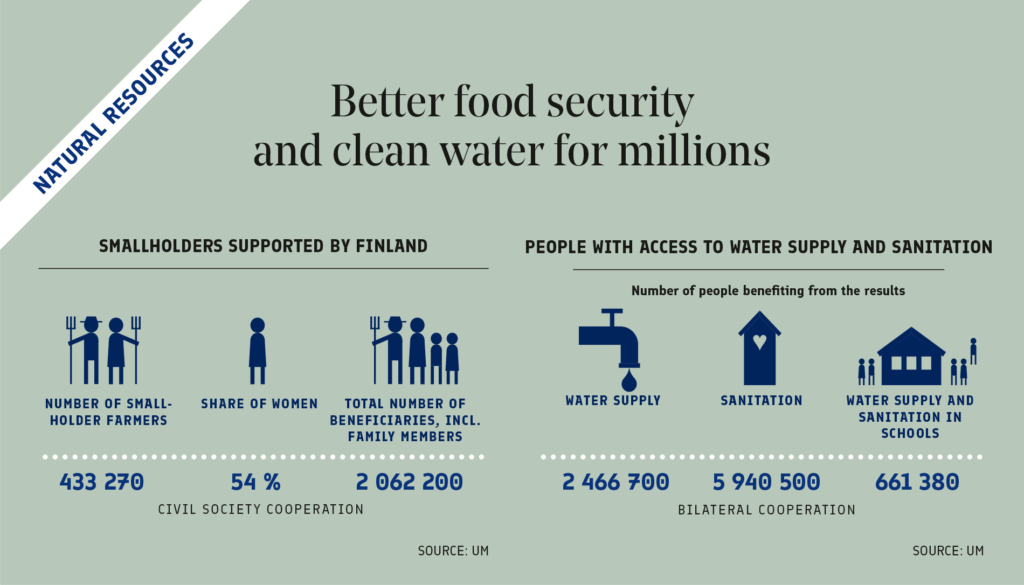
1. Climate action is promoting gender equality
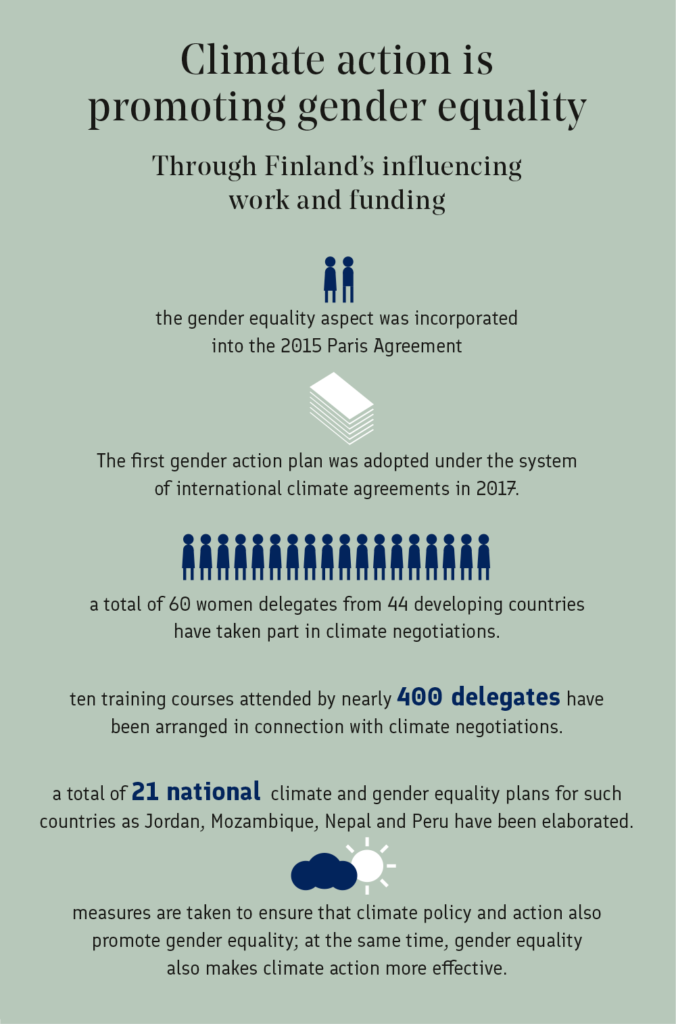
2. Cooperation in the Andean region facilitated enhanced flood preparedness
In a hydro-meteorological project in the Andean region, experts of the Finnish Meteorological Institute and the Finnish Environment Institute supported countries in the region to develop their water, climate and weather services, as well as to
prepare for climate risks. Bolivia, Ecuador, Columbia
and Peru are extremely vulnerable to floods and drought caused by climate change.
A new tool for information exchange was created in the project. The project also led to the creation of the Andean observation database, which helps the countries in the region to make mutual use of the data that they have produced.
Finland’s development cooperation in the field of meteorology is world class. With Finnish support, meteorological institutes of many other developing countries have also developed
information and early warning systems, as well as weather services. This has indirectly benefited as many as 280 million people.
3. Smallholder farmers supported by Finland
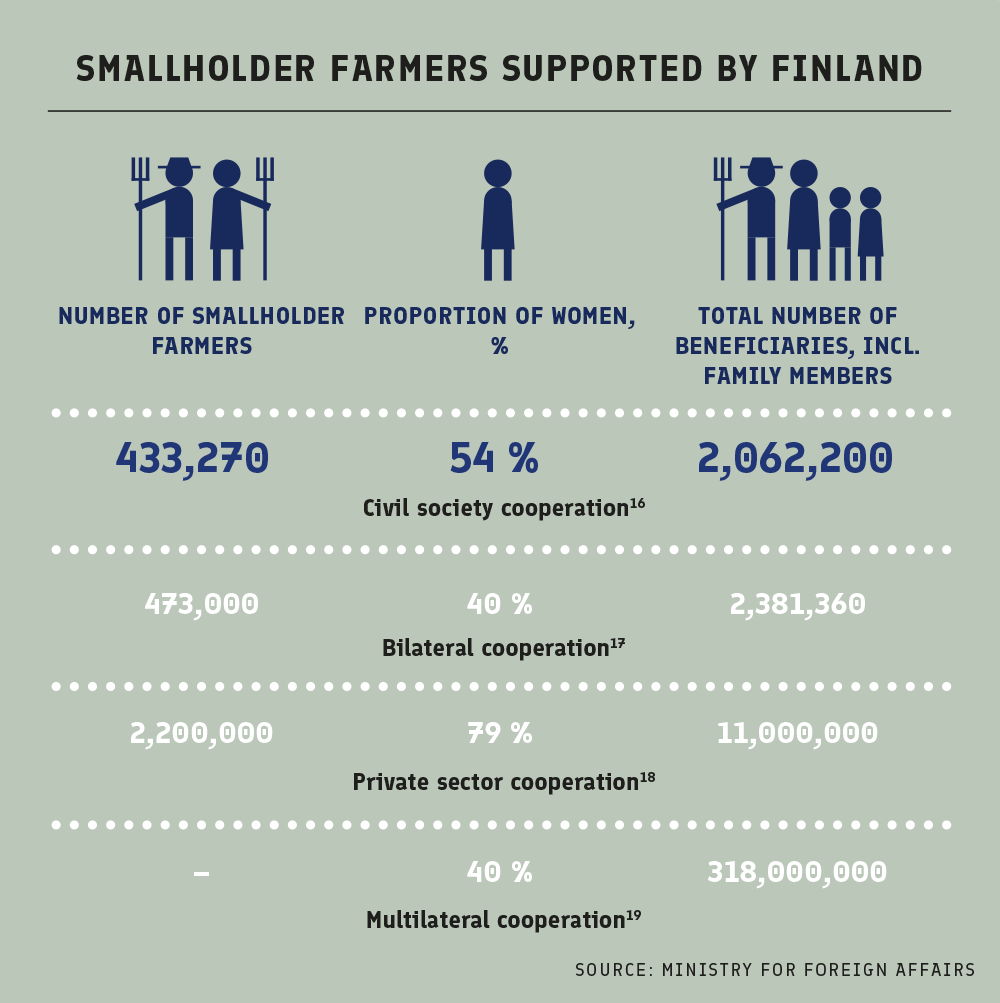
4. Better food security in Kenya
The food security of about 30,000 farmers and their families in western parts of Kenya improved between 2004 and 2016. Finland supported extensively the introduction of sustainable
cultivars and cultivation methods, such as irrigation and liming, for better harvests. As a result, the income of smallholder farmers in rural areas increased by about 70 per cent.
Marketing became easier, as the quality and shelf-life of
the products improved and village roads were repaired.
Keeping of kitchen gardens and the rearing of pigs, goats and domestic chicken helped the families to improve their nutrition. Entrepreneurship training provided young people with more opportunities. The self-esteem of women was enhanced and they became more empowered in families and communities.
5. Access to water supply and sanitation
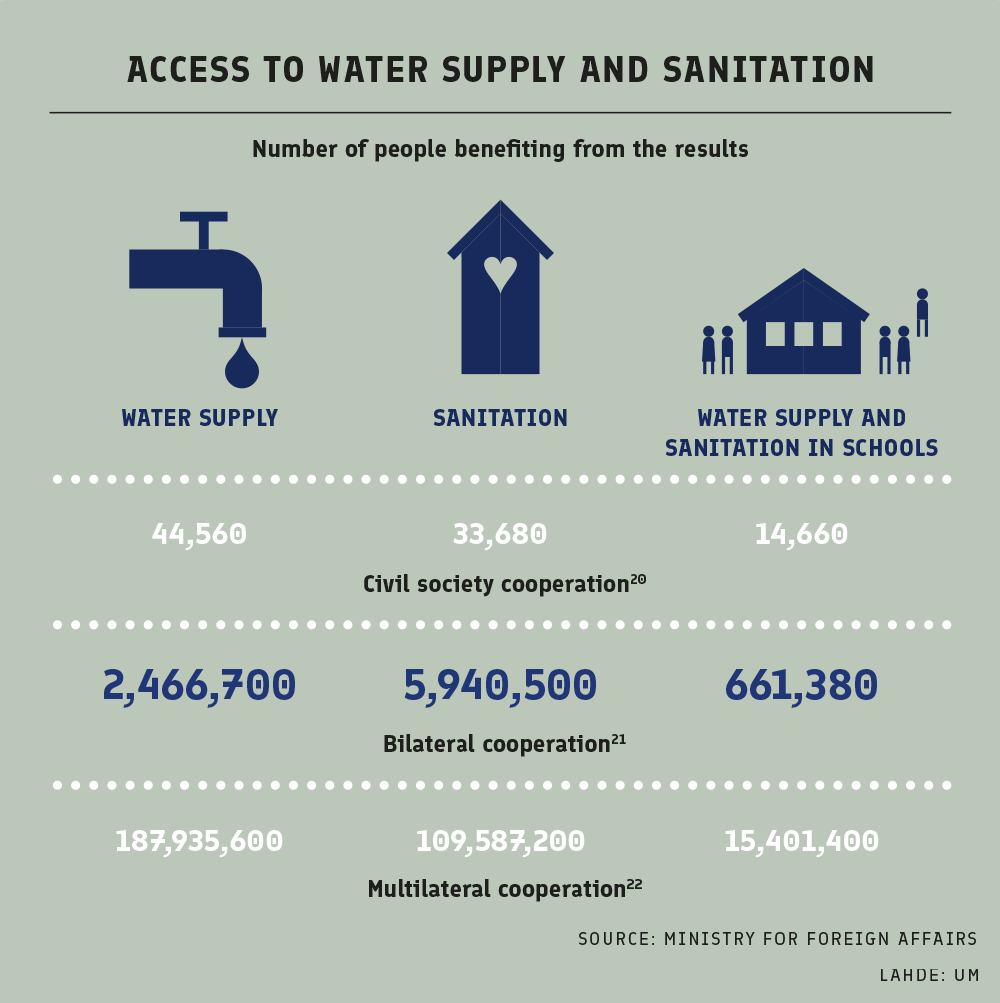
6. Ownership of village communities ensures results in Ethiopia
In 2003, a new modality was adopted in the water management
and sanitation programme jointly funded by Ethiopia and Finland. The funding was channelled via professional microfinance institutions directly to village communities
instead of public administration. Professional microfinance institutions acted as brokers in the process.
When the responsibility for the construction of the water points was transferred to village communities, community ownership was strengthened, water points could be constructed as much as five times faster, and the quality and durability of the structures improved.
This modality has become more common over the years and it now covers nearly ten percent of all water management in Ethiopia. As a result of the reforms, annually 300,000-400,000 new beneficiaries in the rural areas of Ethiopia get access to clean water. The Ethiopian government now pays between 60 and 70 per cent of the total programme budget, which shows that it is strongly committed to the scheme.
7. Households connected to electricity supply
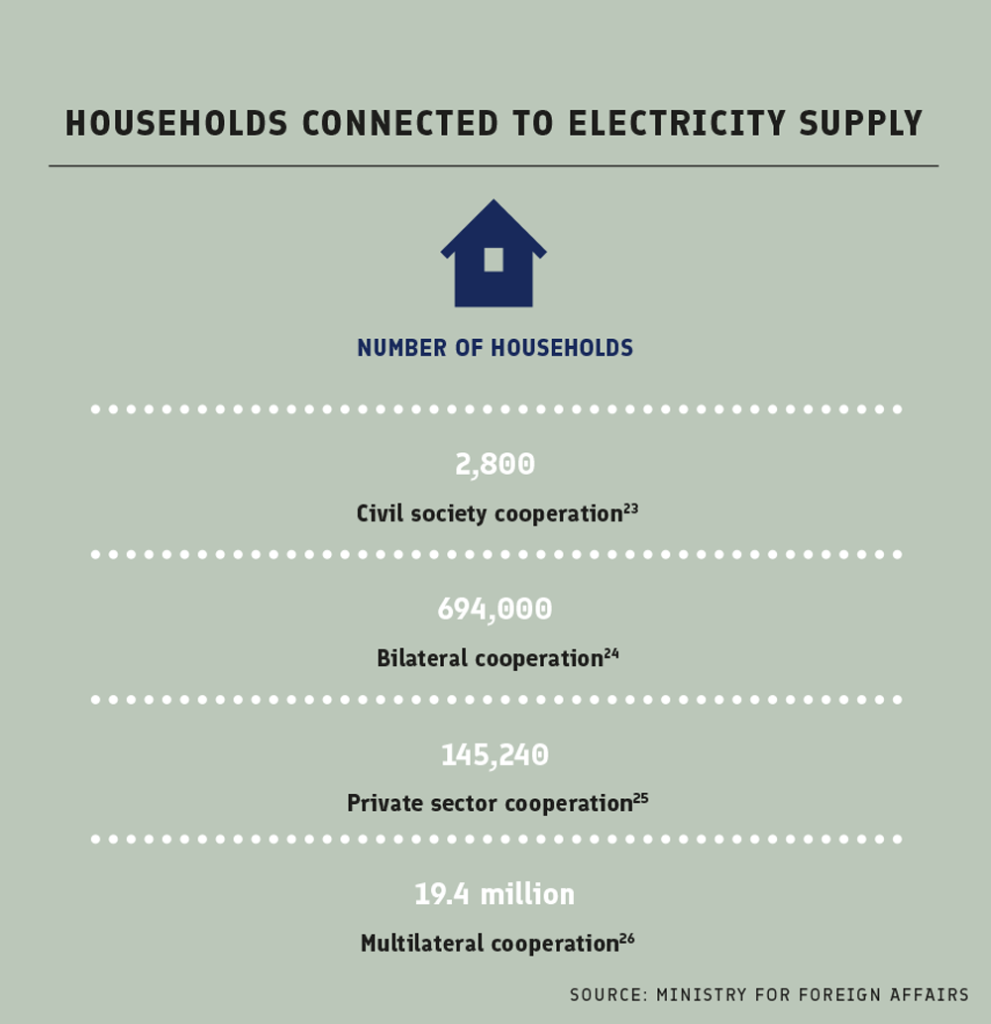
8. Efficiency brings savings
- In the past, the wastewater generated by starch production plants in Thailand was treated in lagoons. In addition to creating an odour effect, the practice also increases atmospheric methane emissions. Two biogas plants, one of which is the largest of its kind in Thailand, were built with Finnish support.
- A modern wood stove is a more efficient way of burning wood than open fire or a traditional stove. With Finnish support, a Kenyan stove manufacturer has increased its production and between 2015 and 2017, about 120,000 of new stove models were sold. As less firewood is needed, wood collecting takes less time.
- In Tanzania, Finland has supported a manufacturer of solar lanterns, providing employment for a large number of women. These products already have about 280,000 users. As using a solar lantern is cheaper than a traditional kerosene lamp, households are estimated to save EUR 23 million.
9. Software for processing forest data
With Finnish funding, the UN Food and Agriculture Organization (FAO) has developed an information system for
mapping forest resources and processing forest data. Using
the free Open Foris software, countries can map their forest
resources in a reliable manner. The software is already in use in more than 50 countries.
Next section: Humanitarian aid >
Read more:
Finland’s development policy and development cooperation are based on
the 2030 Agenda for Sustainable Development. Natural resources -priority contributes especially to the goals number 2, 6, 7, 13 and 15.
